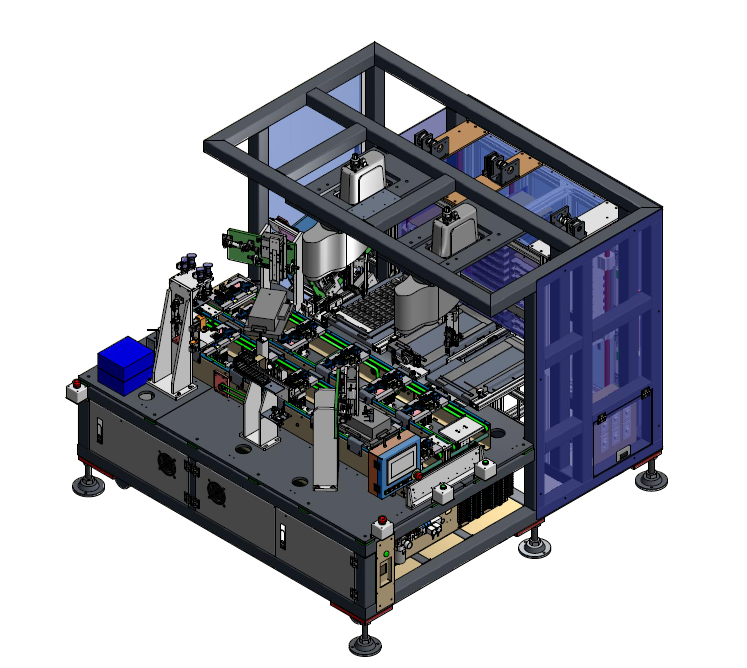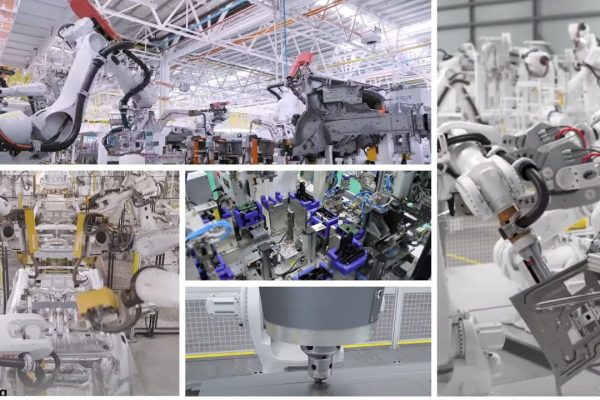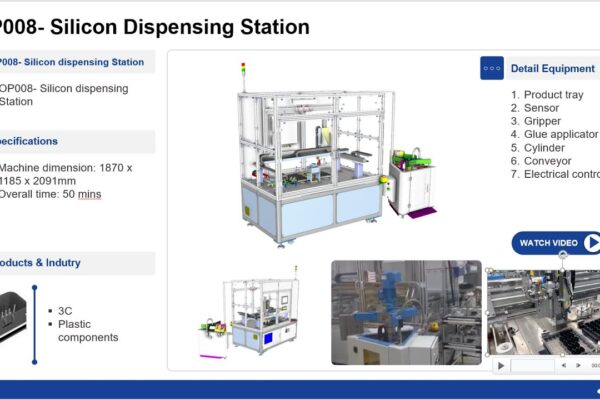In our daily lives, we frequently encounter products assembled from numerous components, such as TVs, phones, laptops, and computers. The assembly process of these products involves multiple stages, including the step of inserting or pressing components together.
To enhance production efficiency and keep pace with the rapidly changing market, the application of automation in the inserting/pressing process has become an inevitable trend.
Automation inserting in industry refers to the use of automated systems (machines, robots, software, and smart devices) to perform the tasks of inserting components or materials into products or production systems without manual intervention.
By leveraging advancements in science, technology, and modern machinery, humans have gradually achieved full automation of this process, replacing manual labor.
A typical automated inserting/pressing system includes the following components:
Outstanding advantages of applying automation in product inserting include:
From everyday consumer products to large systems, everything is assembled from numerous components and details. Hence, automation inserting is suitable for various industries:
The rapid development of science and technology in recent years has profoundly impacted all fields, from manufacturing and services to everyday life. Automation technology, with its ability to replace or assist humans in production, inspection, and management, has become a critical element in enhancing productivity, reducing errors, and improving product quality.

Our Assembly Solution is designed to enhance production efficiency, accuracy, and output while minimizing human intervention. By integrating advanced robotics, automated conveyance, and vision-guided technology, the system ensures precision in…

What is Gluing Automation? Since ancient times, people have known how to bond materials, seal, or protect surfaces by manually applying, spreading, or spraying adhesive using simple tools. This traditional…

What is Screwiing Automation? In the past, before automation technologies were developed, screwing was primarily done manually using simple tools that relied on human labor, such as screwdrivers, handheld screw…

What is Riveting Automation? To join parts together, in addition to methods such as screw fastening, welding, or adhesive bonding, people also use the riveting method in specific locations. Riveting…